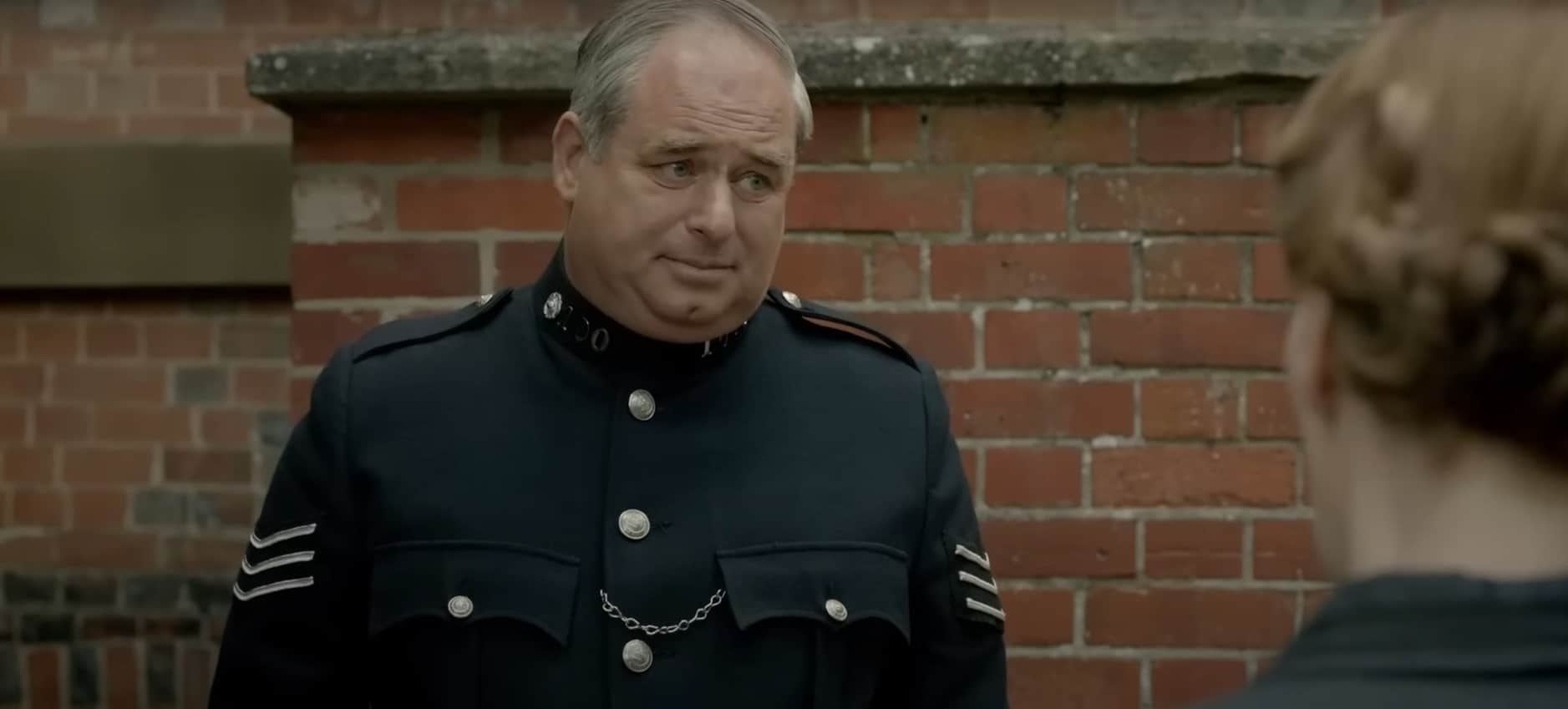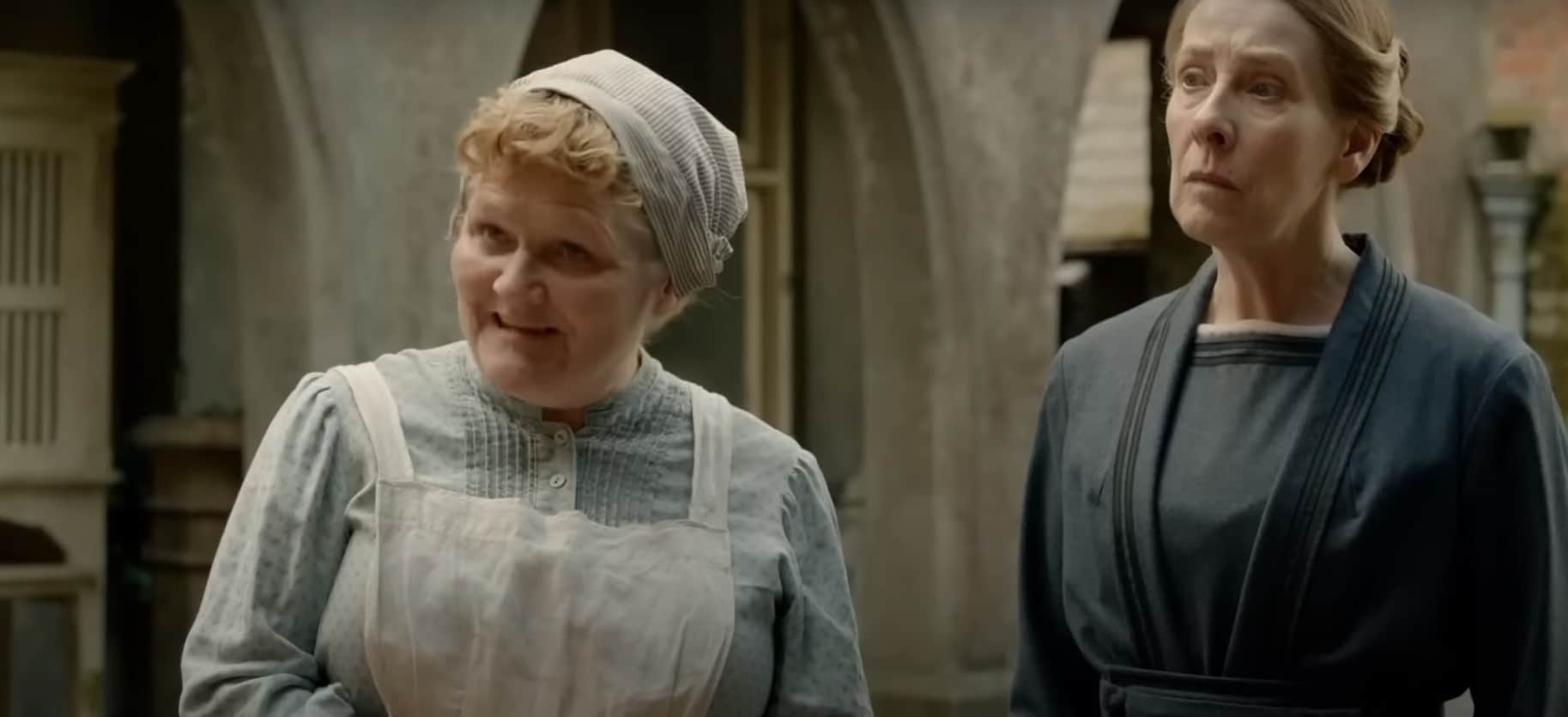Downton Abbey is a very successful British historical period drama created by Julian Fellowes that originally aired from 2010 to 2015. It chronicles the daily lives of the aristocratic Crawley family and their household staff during the early 20th century.
Continuing with my cycle of reviews, today I pose on writing about one of the most followed, commented, and critically acclaimed period dramas of this century, hailing from the UK. I’ll try to be as fair and balanced as I can, but let me tell you, Downton Abbey isn’t exactly —as the Brits would call it: “My cup of tea.”
Downton Abbey —The series, because there’s also a movie— gained a loyal following and earned numerous awards for its well-rounded portrayal of the British aristocracy and their servants during a time of significant social change.

How Many Seasons Are There In Downton Abbey?
Downton Abbey ran for a total of six seasons with fifty-two episodes. The debut season first aired on 26 September 2010 to 7 November 2010. The sophomore season ran from 18 September to 6 November 2011. The third season ran from 16 September to 4 November 2012.
Season four ran from 22 September to 10 November 2013. Then, season five ran from 21 September to 9 November 2014, and season six, the final one, ran from 20 September to 8 November 2015. It’s worth noting that each season had a Christmas special.
Also Read: Where is Downton Abbey Filmed? The Historical Drama Production Locations
Is Downtown Abbey Worth Watching?
Firstly I must talk about the writing and character development of Julian Fellowes, the same man who, after Downton, tried to make HBO’s “The Gilded Age” succeed. One of the most prominent strengths of Downton Abbey lies in its well-developed characters.
From the icy Dowager Countess Violet, portrayed by the incredible Maggie Smith, to the young and vibrant Lady Sybil, played by Jessica Brown Findlay, each character in the series has a distinct and unique personality that unfolds gradually throughout the narrative.
The witty writing and sharp dialogues highlight the various dimensions of each character — be it a family member or a servant, making it easy for the audience to connect with them.
While the ensemble cast is undoubtedly strong, there are several standout performances. Michelle Dockery’s portrayal of Lady Mary Crawley showcases her journey from a somewhat cold and calculating character to a more sensitive individual, dealing with the pressures of upholding Downton’s legacy and facing love and loss.
Another highlight is the performance of Phyllis Logan as Mrs. Hughes, the housekeeper, who conveys strength, loyalty, and compassion, thus emerging as one of the most likable characters in the series.
Cinematography and Production Design
Shot primarily at Highclere Castle, Downton Abbey showcases a picturesque and immersive setting that transports viewers back in time. The cinematography is exquisite, capturing the grandeur of the period with remarkable precision.
The show’s production design is also excellent, creating a stunning and convincing backdrop with intricate and real-looking costumes, set designs, and props that enhance the viewing experience.

Pacing and Tone
It’s important to note that the show occasionally has episodes with a slow-moving plot. This is a minor flaw, in my opinion, as a critic, but it may be less appealing to some viewers. The deliberate pacing, however, highlights the complex drama playing out within the world of the characters and gives ample time to thoroughly explore each plot point and setting.
Historical Context and Themes
The early 20th century’s historical background is expertly depicted in Downton Abbey. The series deftly incorporates the social and economic changes of the era—including the fallout from the Titanic disaster, the turmoil of World War I, and the never-ending fight for women’s rights—into the struggles and trials of its characters. This highlights the significant impact these events had on their very ability to exist.
While Downton Abbey may not cater to every taste—it certainly didn’t cater to mine —it is an ambitious and captivating period drama marked by exquisite production design, compelling writing, and commendable performances.
With its deliberate pacing and exceptional character development, I wholeheartedly recommend viewers invest their time in experiencing this series, particularly if they appreciate historical dramas and intricate character-driven narratives.
Also Read: 29 Shows Similar To Downton Abbey That Are Worth Watching














